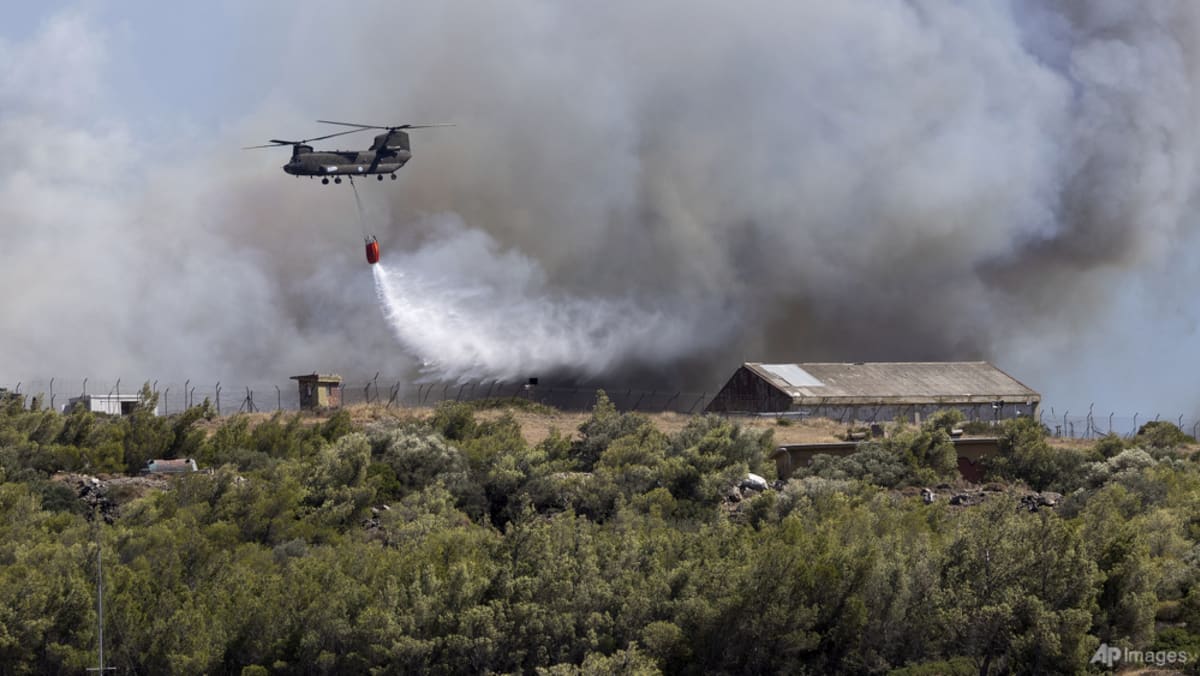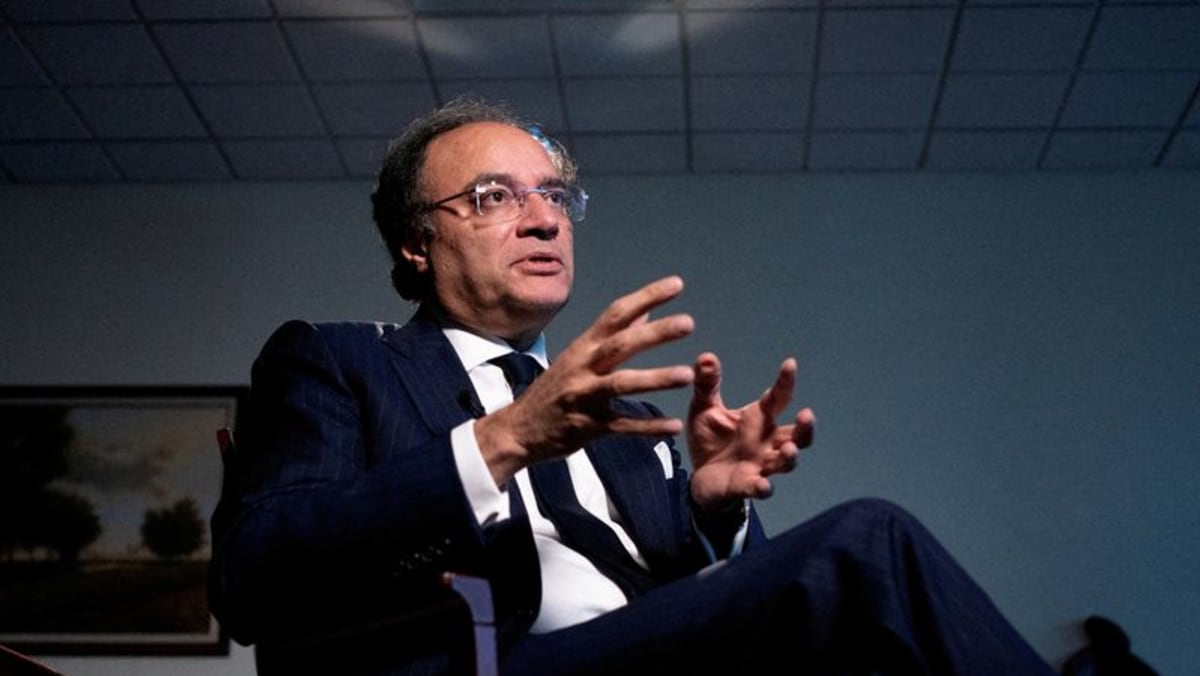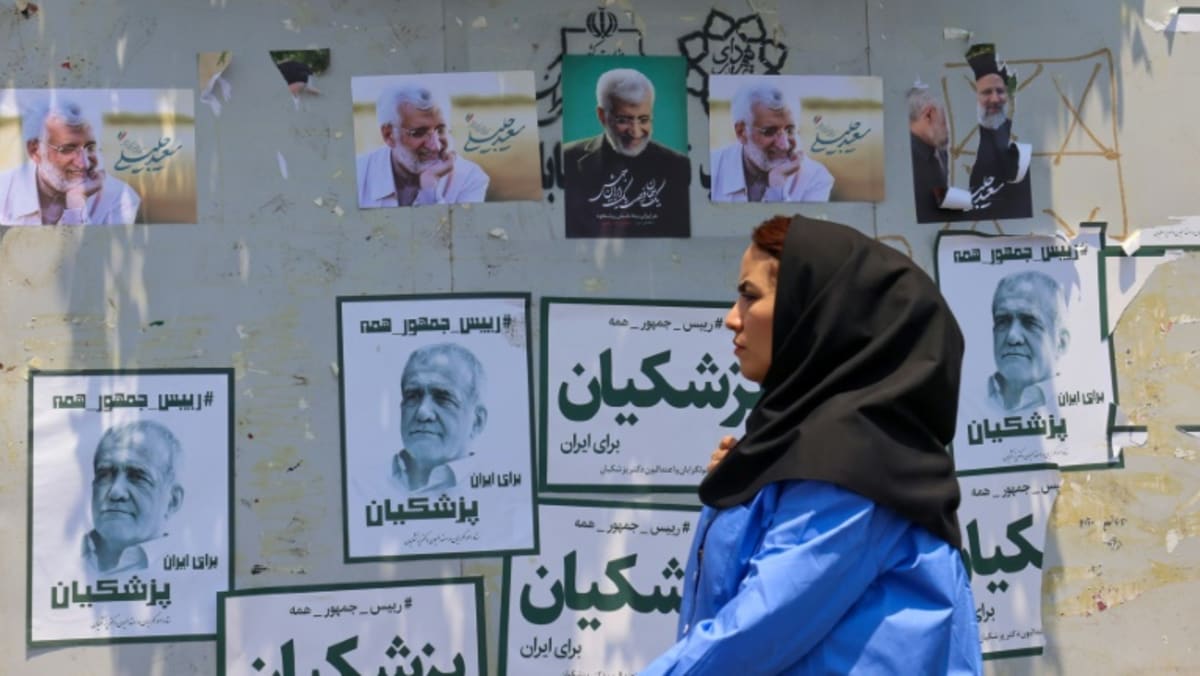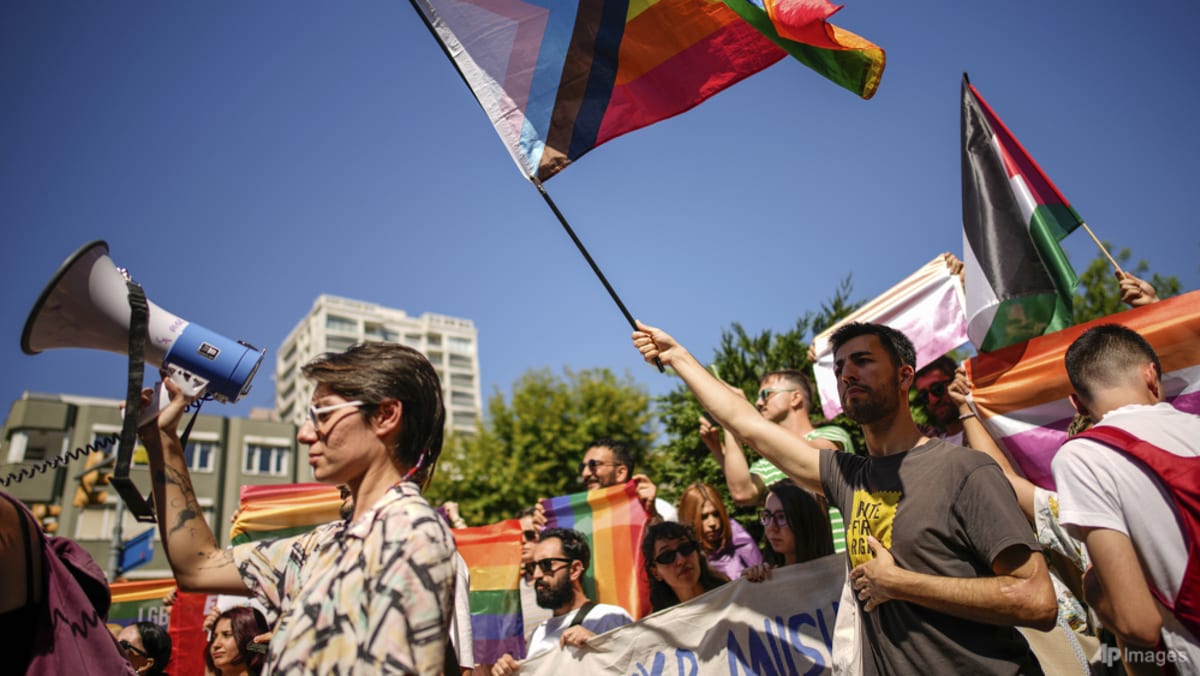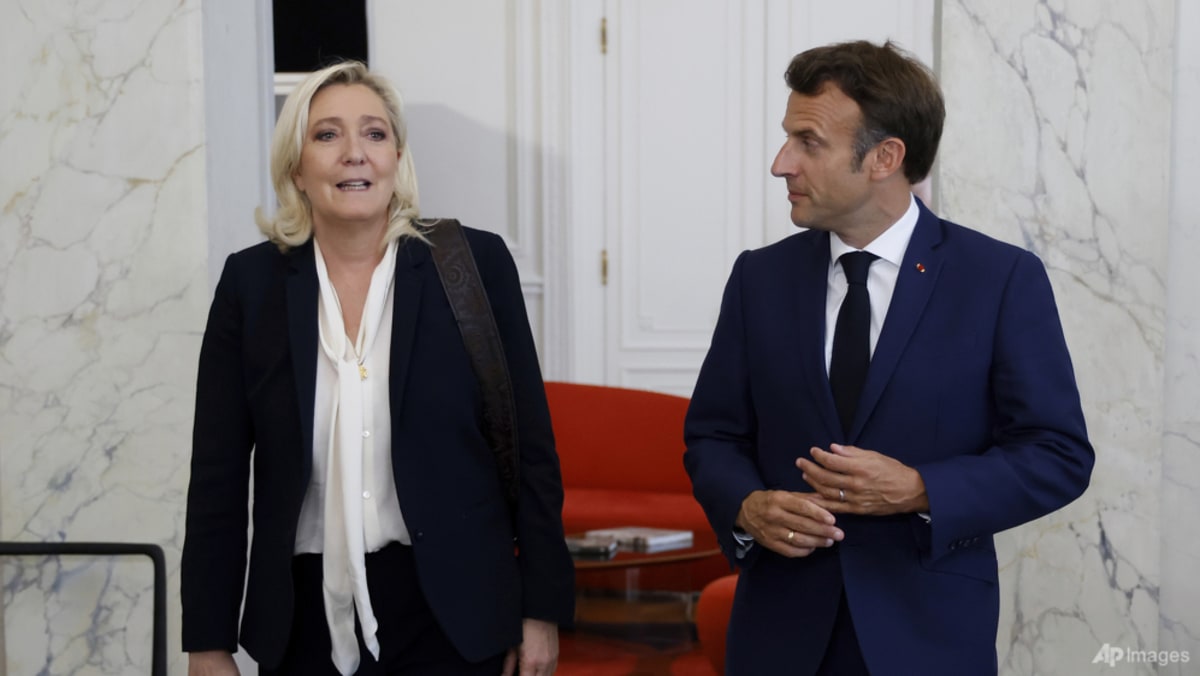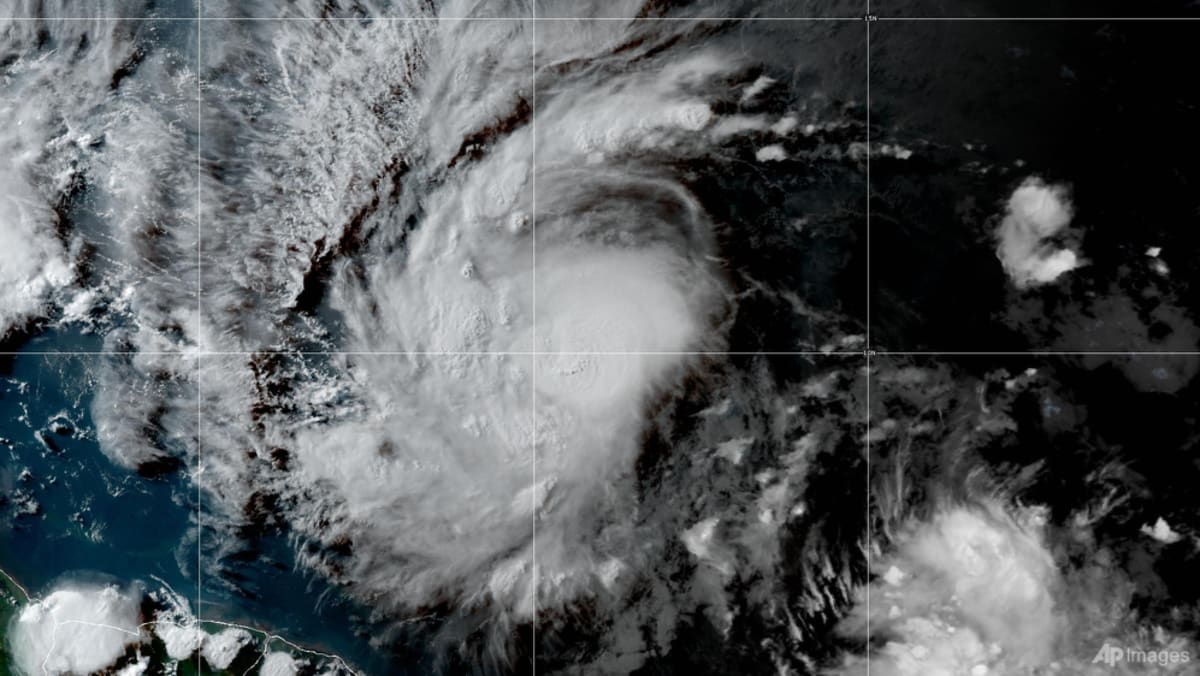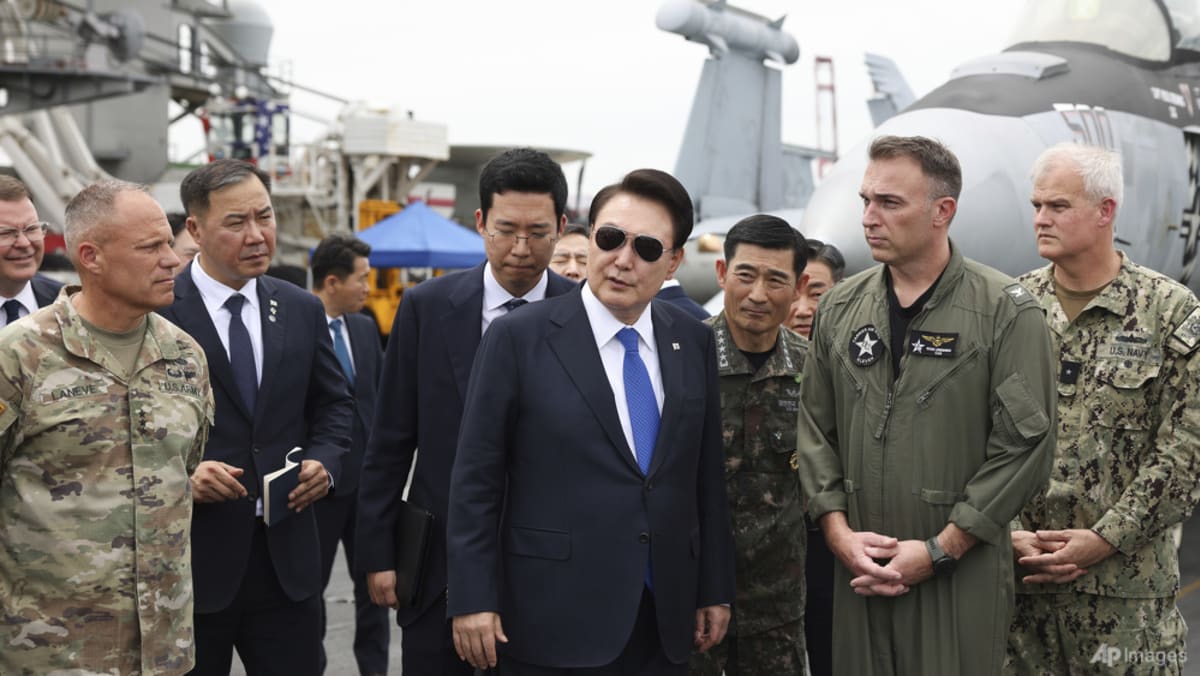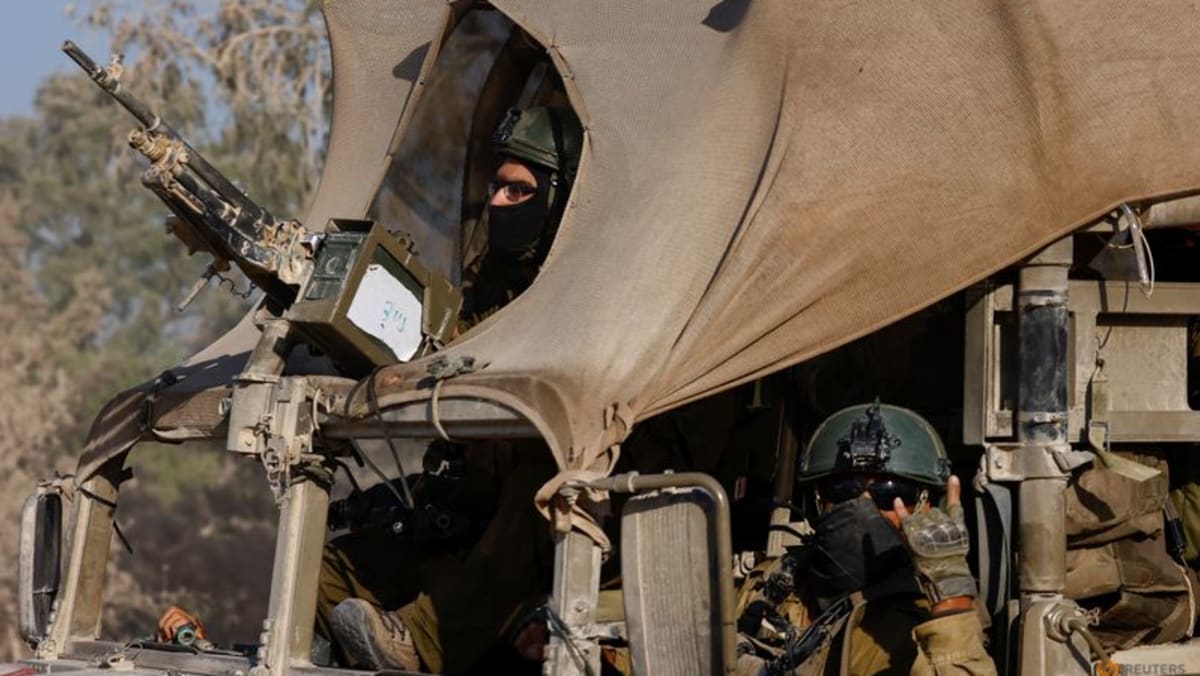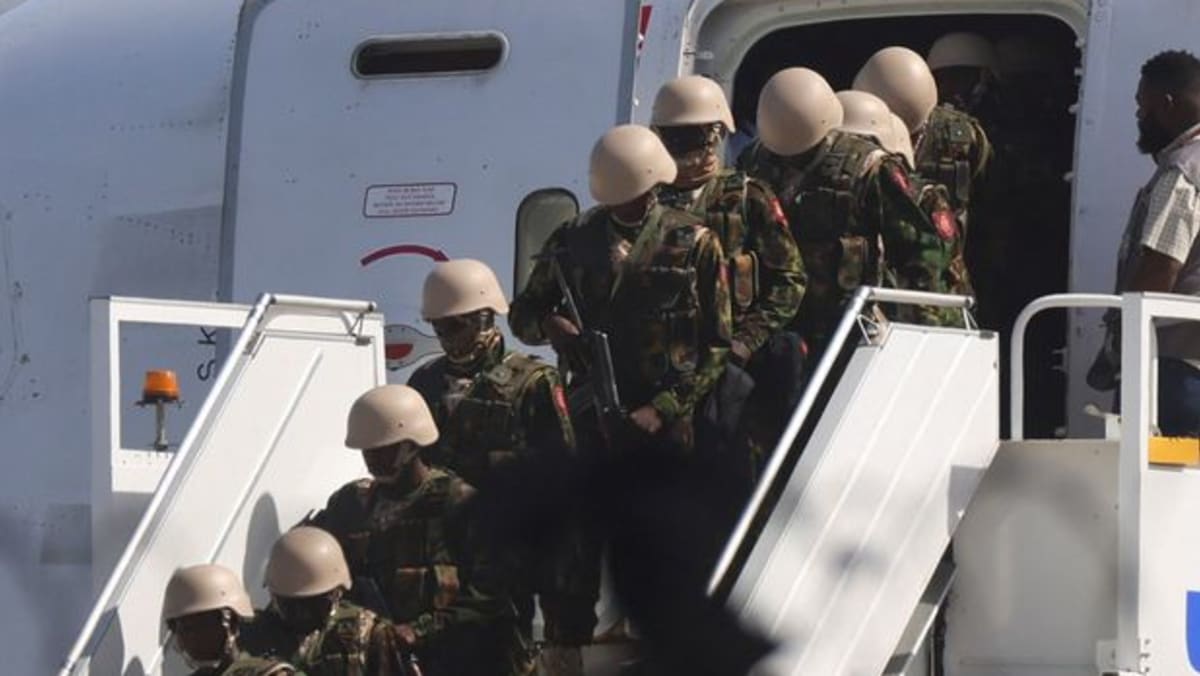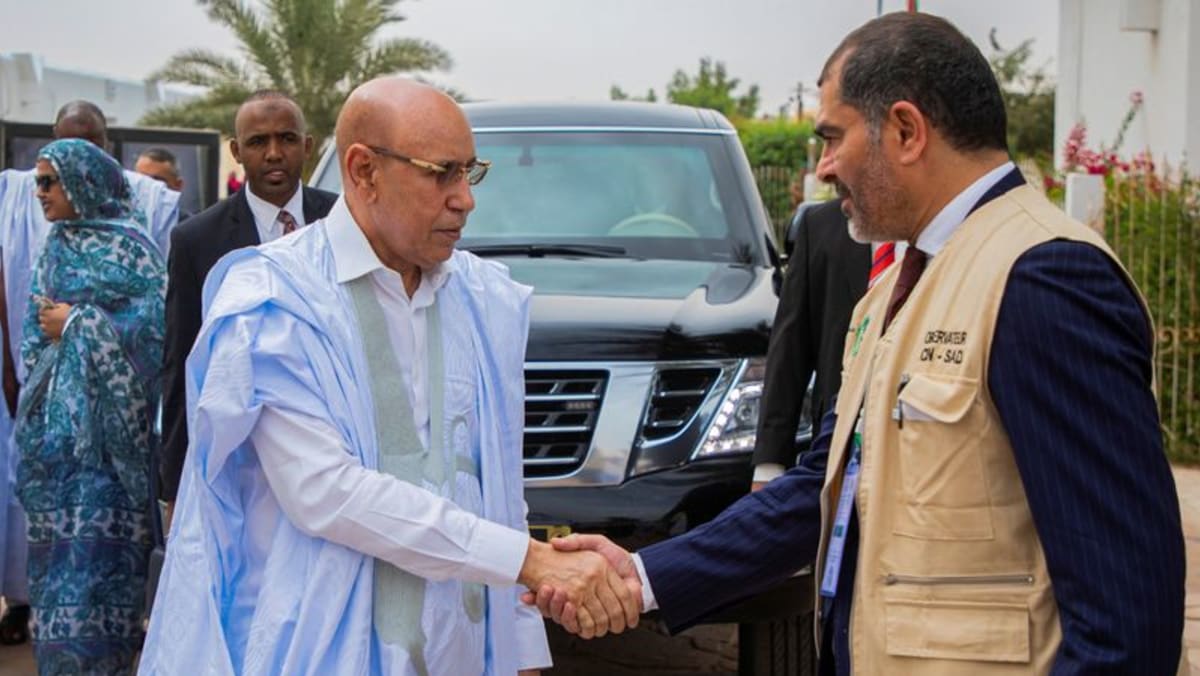THE LIMITS OF DIPLOMACY
Since Iran’s Islamic Revolution in 1979, the US and Iran have had no formal diplomatic ties. But that doesn’t mean that there are no diplomatic efforts. In fact, there are unofficial channels, such as the US working through the Swiss government.
But US diplomatic efforts with Iran are complicated at the best of times. They’re prone to disruption when the US or Iran changes leadership and have been made only more difficult as Iran has grown closer with China and Russia.
The result has been an inconsistent diplomatic policy when it comes to how the US, and the West more generally, deal with Tehran.
This is a result, in part, of China gaining more influence in the Middle East and deepening its economic and strategic ties with Tehran. Similarly, Russia has strengthened military, political and economic links with Iran.
This has blunted the impact of Western diplomacy; Iran simply doesn’t feel compelled to come to an agreement with the US and its allies on security interests.
The Joint Comprehensive Plan of Action, the nuclear nonproliferation agreement signed in 2015 but abandoned by the Trump administration in 2018, is a prime example. Western leaders have sought to ensure that Iran does not acquire nuclear weapons, but they failed to get cooperation from Iran after president Donald Trump’s withdrawal from the agreement.
Despite this lack of progress, the US and Iran still have lines of communication. After Israel’s attack on an Iranian embassy compound in Syria, the US clearly signalled to Tehran it had no involvement in the operation in an apparent attempt to avoid a retaliatory strike on US interests in the region.
